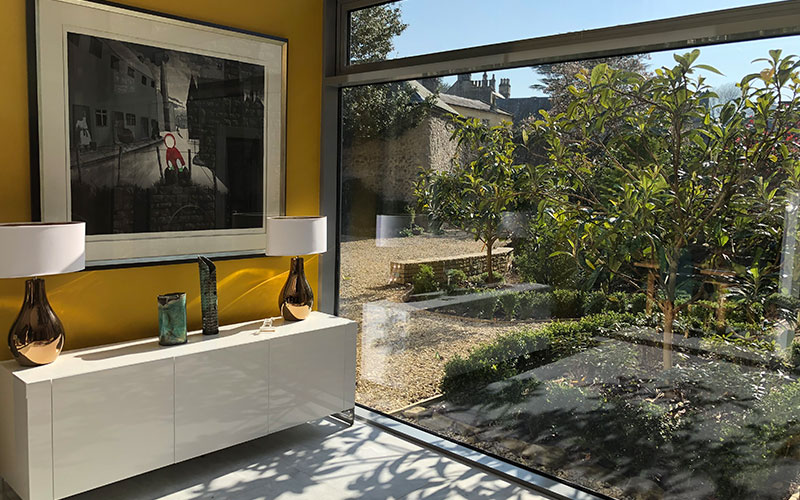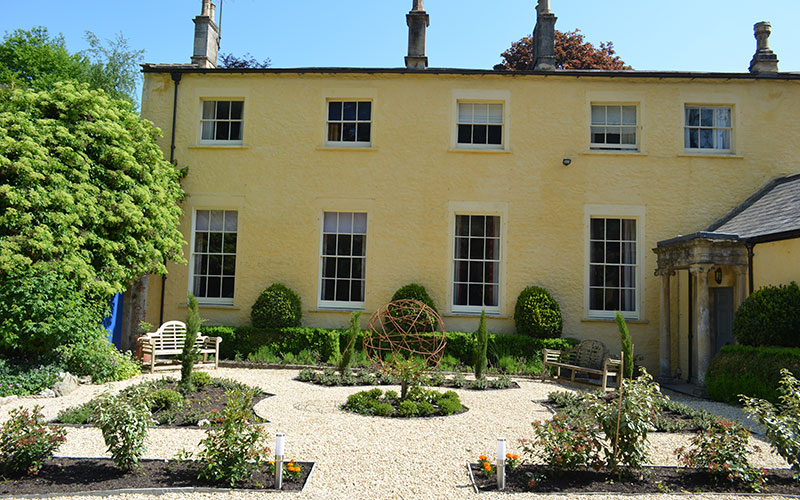The importance of Architectural Design
25 May 2021
25 May 2021
We spend nearing 90% of our lives indoors – inside our homes, inside our schools, inside our workplaces, plus a myriad of other buildings. We effectively exist inside of buildings!

It’s therefore not surprising that our physical and mental health is influenced by the buildings we spend our time inside. For example, lack of natural light and poor ventilation will impact the wellbeing of a building’s inhabitants – whereas a light and airy building that optimises space efficiently, can boost spirits and energy. A well-designed building should provide both a safe space and sensory stimulation.
The design of a building matters. Whether we are aware or not, we react to and are changed by our environment.
“We shape our buildings and thereafter our buildings shape us”
Winston Churchill

Architectural design is primarily concerned with functionality. A building has to meet the needs of the person or people using it. Safety is also a primary concern; a new building needs to be structurally sound, designed to withstand the test of time and built in-line with current building regulations. However, architecture is not only concerned with practicality, functionality, and endurance. Architecture is also an art form that is concerned with the aesthetic beauty of a building.

“Design is going to be much more personal and, in some ways technical, as people use their homes for work, school and beyond. Designers are going to have to be very conscious and thoughtful about how to make people’s lives better in the spaces they have.”
Christiane Lemieux
With the use virtual reality applications, as designers we are able to plan buildings with increasing precision. We can easily assess changes to the building layout and their impact on space and sensory stimulation, prior to construction.
Good architectural design pays for itself, saving time, money and mental health.